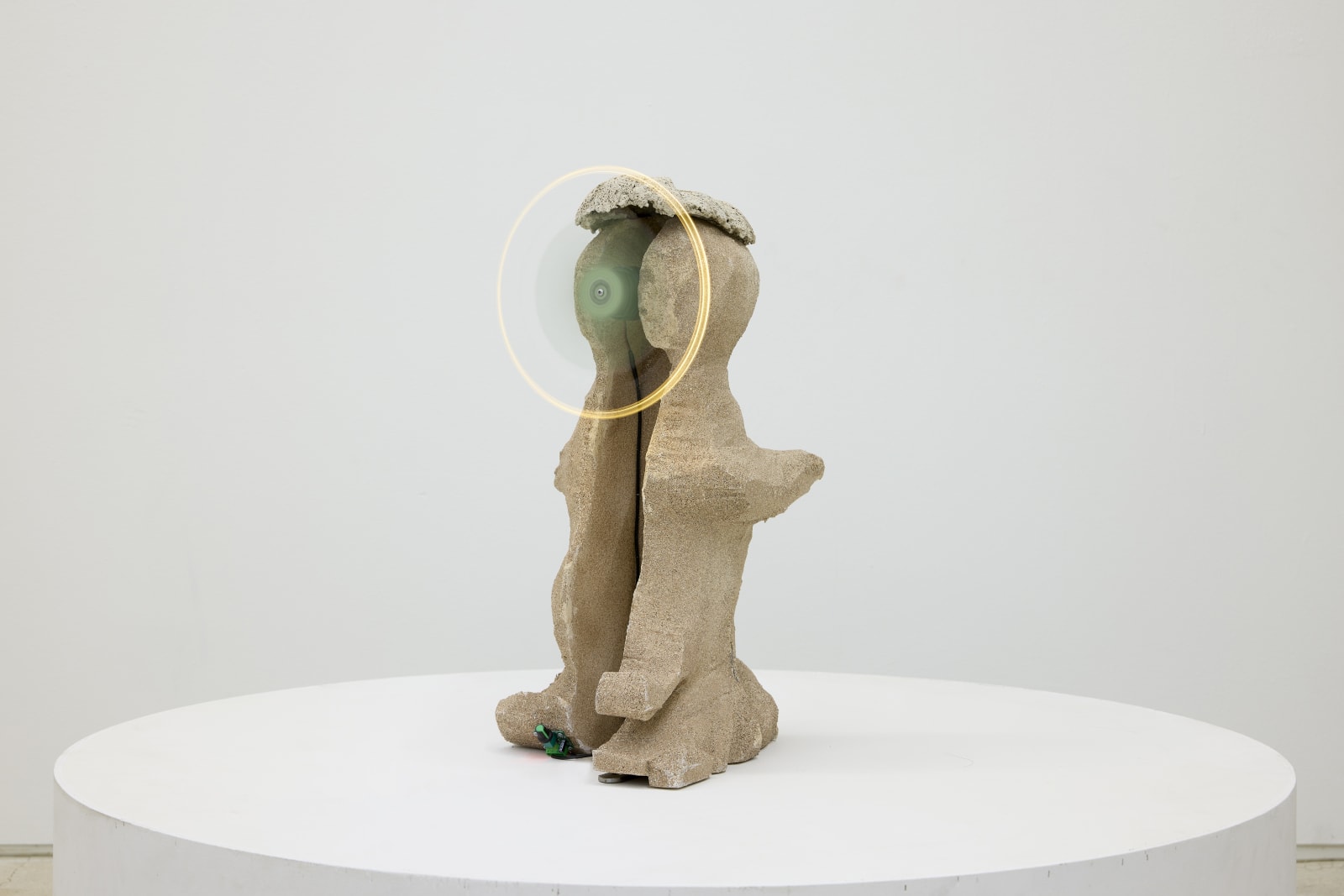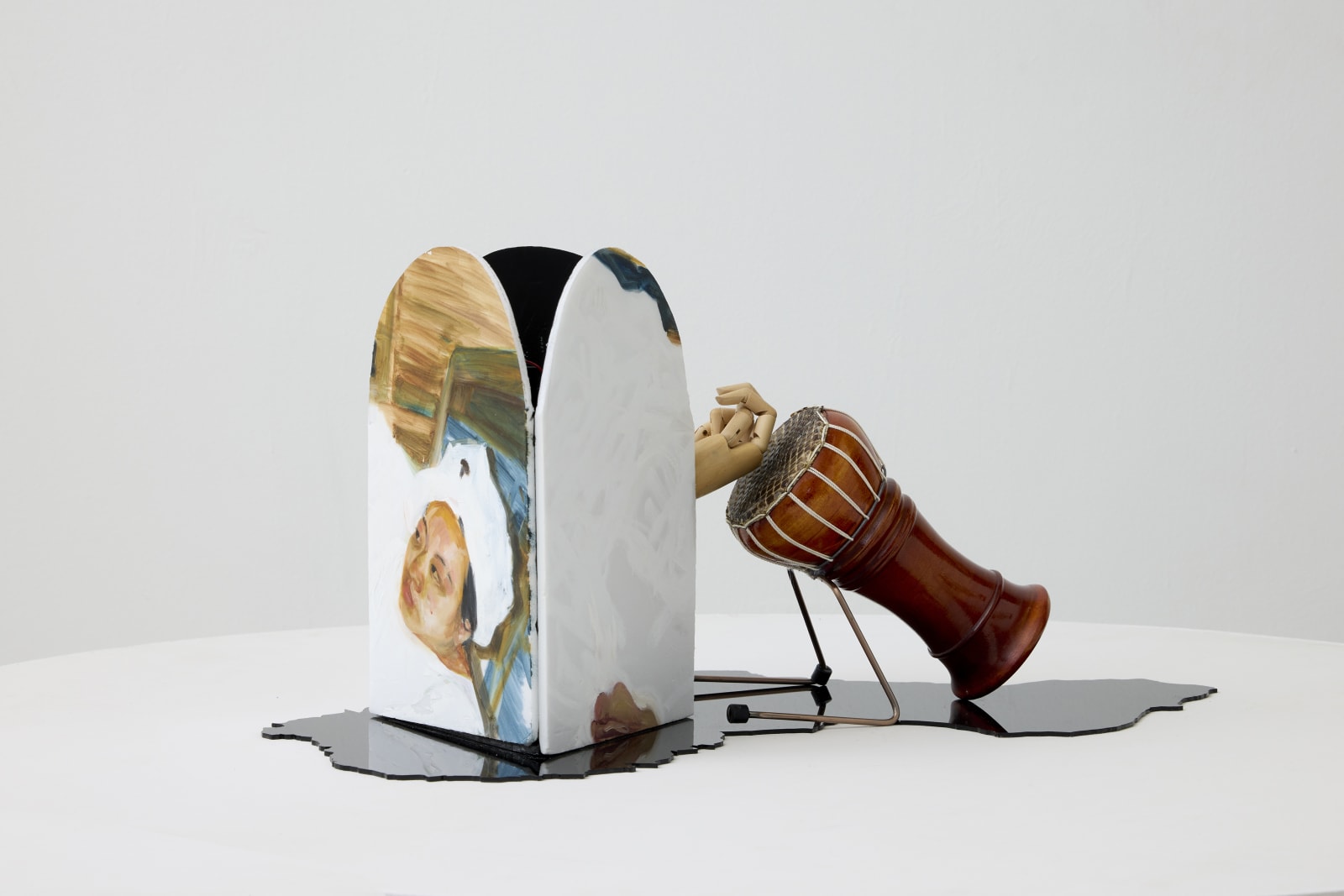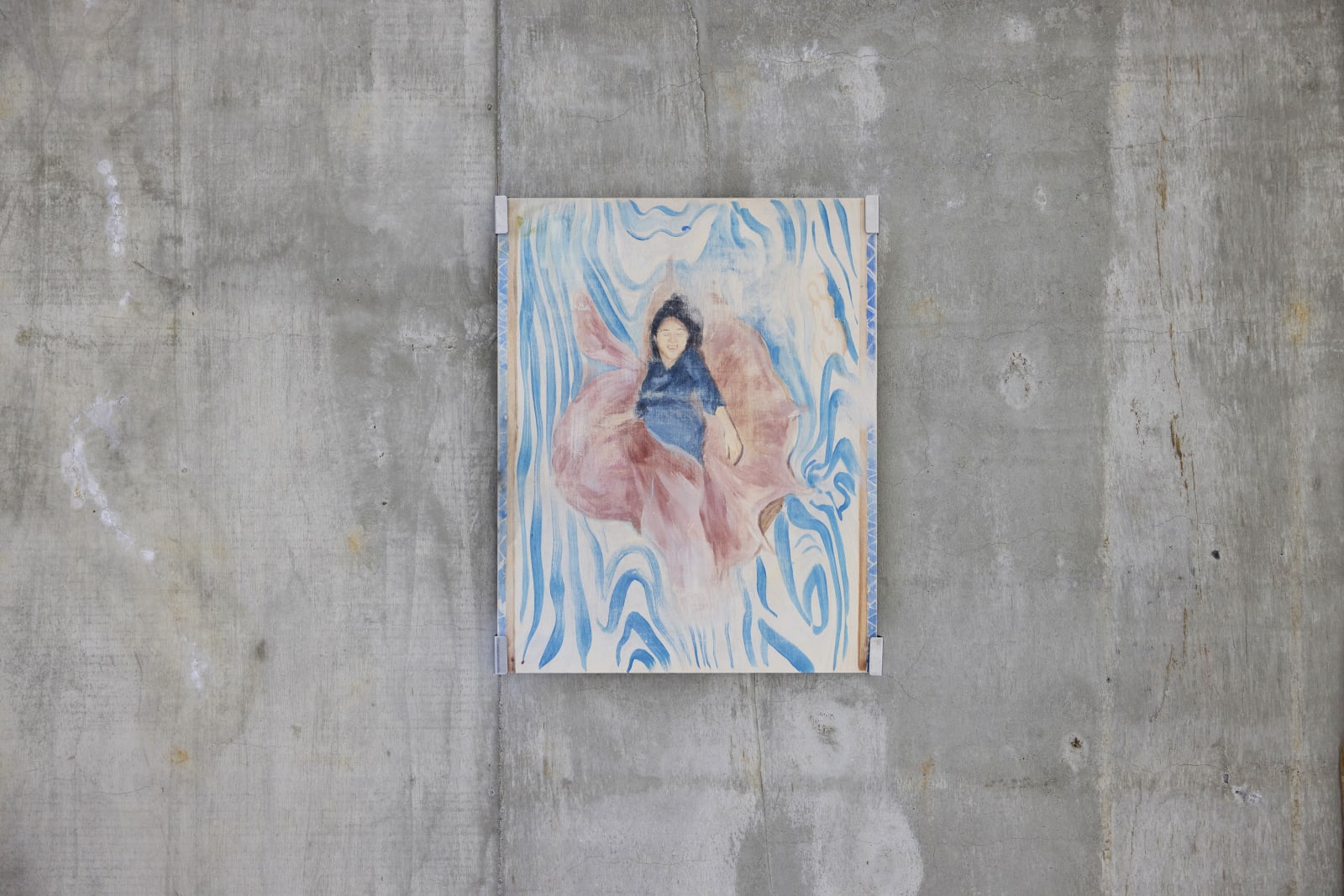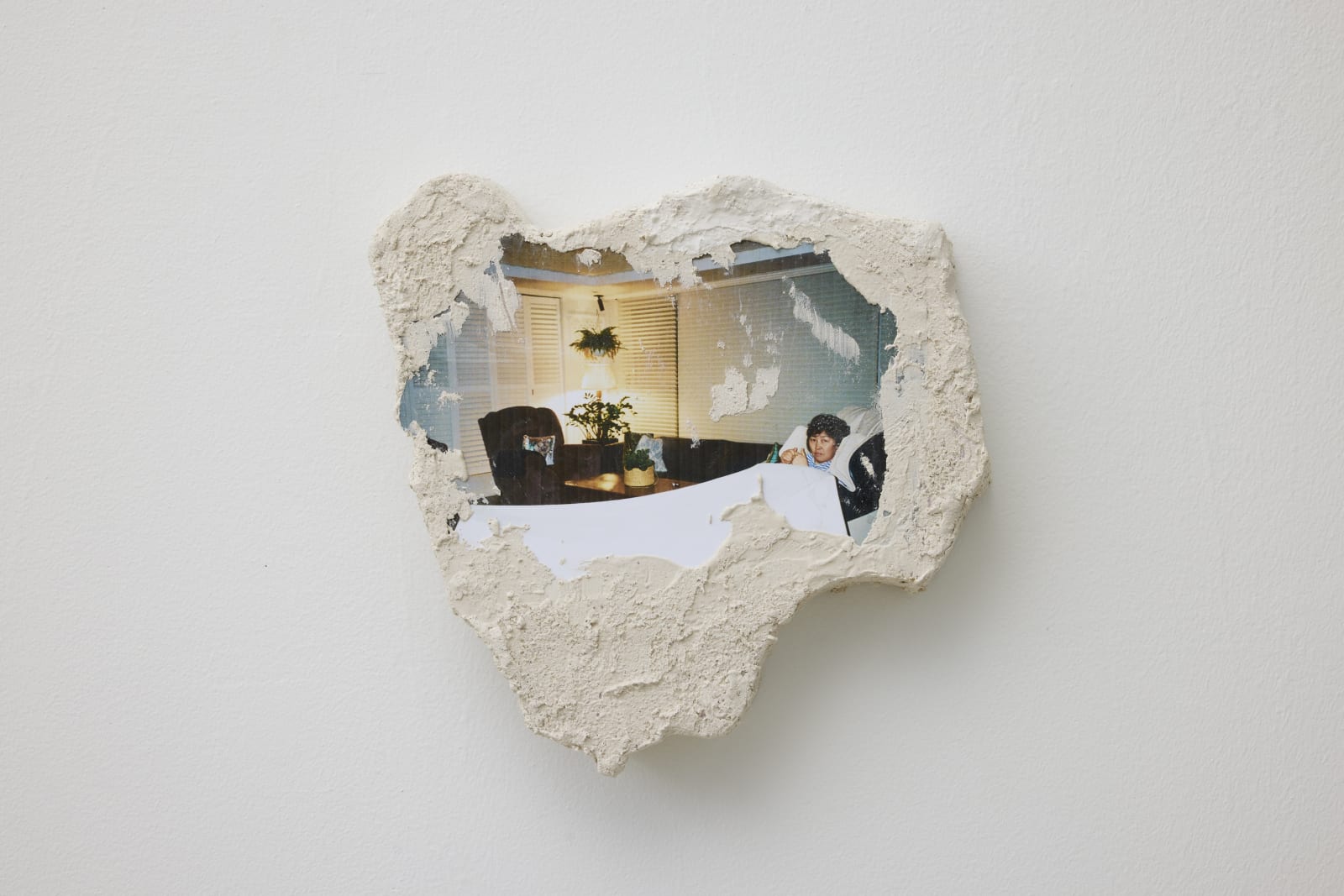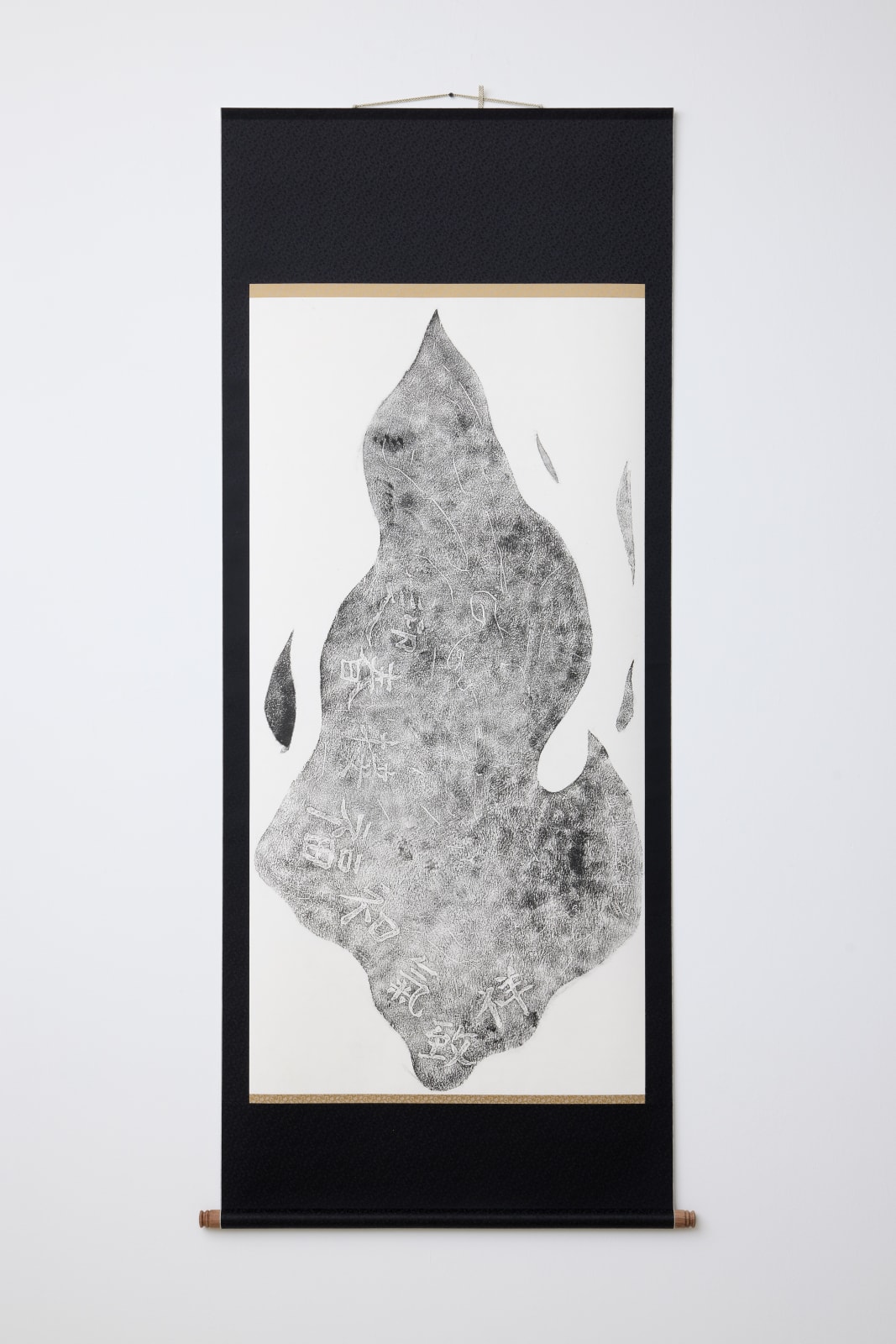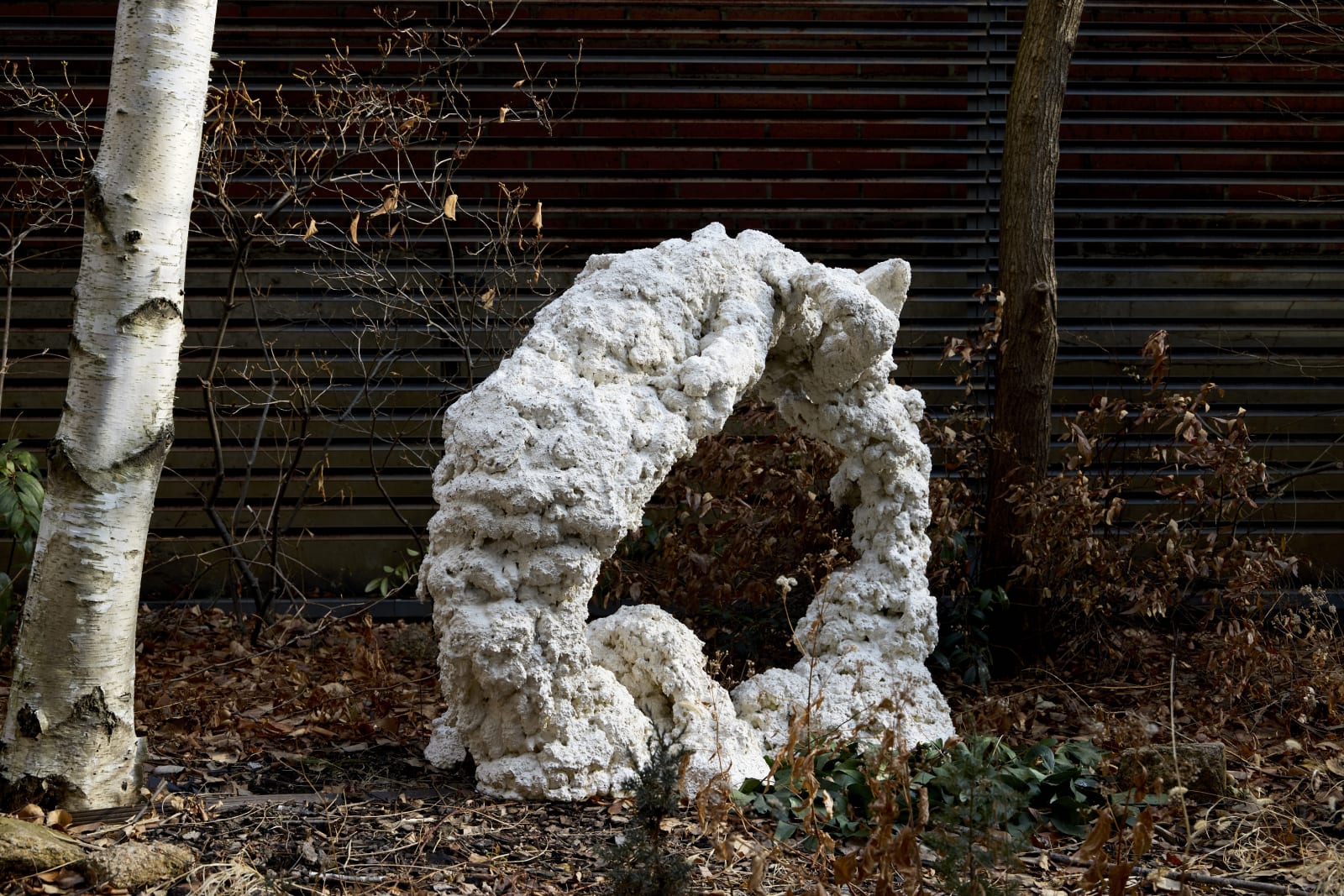갤러리2는 두 개의 독립적인 관점을 제시하는 프로젝트 〈Two Too〉를 선보인다. 〈Two Too〉는 동시대 지형과 문화가 당면한 현재를 관찰하는 차세대 작가 2인의 개인전을 개최하며 우리가 직면한 변화의 흐름과 전환의 가능성을 모색한다. 이번 전시는 자연과 인간의 상호작용 사이에서 발견한 풍경을 조각의 배치로 재구성하는 홍자영, 미디어 매체 간의 관계 맺기를 통해 주체의 의미를 탐구하는 고정균을 소개한다.
서늘함이 스민 대지 위에 생장을 멈춘 것들이 고요한 풍경을 일구어낸다. 공백이라 불리는 빈자리가 역설적이게도 현재의 광경을 채운다. 이곳에 보이지 않는 것들이 놓일 자리가 미리 정해져 있다면, 중요한 문제는 무엇이 필요한가보다 그 자리를 어떻게 찾아낼 것인가일 테다. 《겨울 조각과 더운 야채》는 전시가 이루어지는 계절의 시간성을 떠올리며, 조각의 배치를 통해 다양한 시점의 풍경을 발굴한다. 차가운 바람을 맞으며 수프의 뜨거움을 떠올리듯 이상하리만치 자연스럽게, 전시는 실재하는 것과 이를 확장한 상상 속 이미지를 겹쳐 끝없이 순환하는 시점을 들춘다.
절기상 일 년 중 가장 추운 날인 ‘대한’, 한 해의 첫 보름인 ‘정월대보름’과 맞닿은 전시의 시기에 따라, 홍자영은 추운 겨울의 속성과 새로운 시작에 깃든 염원을 전시에 불러온다. 그에게 풍경은 나와 자연 둘 중 하나가 주도하는 것이 아니라, 서로가 서로에게 틈입해 영향을 받으며 시시각각 다르게 구성되는 유동체와 같다. 그는 이처럼 지금 당장 눈앞에 놓인 장면에서 드러나지 않는 면면이 있음을 간파하고, 그 빈 공간을 채우고 덜어내기를 반복하며 매번 새로운 풍경으로 구성하는 일에 조각을 끌어들인다. 이러한 접근과 함께 《겨울 조각과 더운 야채》는 차가움에서 뜨거움으로의 연상 작용, 불과 물의 형상적 유사성, 기원의 마음에 깃든 유희, 그리고 실내외 수직・수평의 면을 넓혀 확장시킨 공간을 모아 불분명한 장면을 펼쳐 낸다.
불구덩이 댄스 플로어〉(2025)는 겨울 한가운데에서 춤을 추는 듯한 조각들과 비선형적으로 확산하는 시점을 융합해 가설처럼 조성한 풍경이다. 벽에서 바닥으로 이어지는 검은색 아크릴판을 길잡이 삼아 서양식 기둥 구조에서 주두만 가져와 세운 기둥, 3D 프린트로 제작한 불꽃, 흙, 모래, 시멘트, 물감, 나무, 어딘가의 기념품을 아우르는 조각과 기성품, 홍자영의 과거 작품들이 뒤섞여 있다. 여기서 아크릴 조각은 물을 묻힌 붓으로 종이에 자국을 낸 뒤 건조한 여백을 태워 남은 외곽을 본뜬 것으로, 물길과 불 자국이 닮은꼴로서 지닌 유희를 드러낸다. 그 위에는 겨울과 더움 간 느슨하고 비약적인 연결을 토대로 제작되거나 소환된 조각들이 한데 엉키며 각양각색의 시점을 만든다. 창밖을 보며 내내 불을 돌리는 천사, 정박으로 북을 치려 애쓰는 손, 고개를 흔들며 작은 몸체를 우렁차게 쳐대는 북, 춤추는 손뜨개 인형 등 움직임을 동원하는 조각과, 삐죽 솟은 뿔, 둥근 밑면의 골조는 공유하되 제각각의 색과 형태로 변주된 불꽃들까지. 막무가내로 추는 춤과 이를 위한 플로어(floor)처럼, 물길 혹은 불자국과 조각들은 아무것도 정해진 것 없음의 불특정한 연속으로서 재구성된 풍경을 구축한다.
한편, 반사적 매개체인 유리와 아크릴을 중심으로 전시가 이루어지는 공간의 내외부가 상호적으로 개입하며 복잡한 층위의 시점을 증폭한다. 야외에 설치된 조각 〈석등(yin&yang)〉(2024), 〈호수에 떠오른 달 2022(The Lake 2022)〉(2022-2025), 〈Grotto (in the Woods)〉(2025)는 투명한 창문을 통과해 공간 안쪽으로 끼어든다. 실내의 〈불구덩이 댄스 플로어〉는 아크릴판 위에 얹어지거나 사방에 놓인 조각을 비롯해 바깥의 자연물마저 표면에 담아내면서 근처에 걸친 모든 광경을 난반사한다. 와상의 인물이 주변 환경과 조화를 이루며 풍경의 일부로 스며드는 상상에서 시작된 〈Personal Hallows #SK〉(2024), 〈Personal Hallows #MJ〉(2024), 〈Goddess Mural (on the ceiling)〉(2024)는 반영이 자유로운 이곳에서 분절된 동시에 증식된 시선을 얻는다. 이로써 전시는 단일하게 정립된 풍경을 시시때때로 전복하고 관철하며, 숨어 있던 시점들을 길어 올린다.
실내 공간에는 〈火花甁〉(2025)과 〈영춘접복 화기치상(아직 영문이 없음〉(2025)이 내부로의 진입을 환영하듯 놓여 있다. 이는 불과 꽃을 이중적으로 의미하는 단어 ‘화’에 내재한 유희적 구성을 입체적으로 구현한 조각, 아마추어의 태도로 탁본에 임하며 풍요를 향한 기원을 가볍게 표현한 평면 작업이다. 두 작업은 〈불구덩이 댄스 플로어〉의 시작에 앞서, 그보다도 실내외의 상호적인 개입에 또 한발 먼저, 이 전시가 딛고 있는 계절의 시간을 추상적으로 떠낸다. 입춘으로 되돌아가 22개의 절기를 밟고 다시 대한과 정월대보름을 만날 먼 미래의 시간에 관한 심상을 겹치면서 말이다. 그렇게 《겨울 조각과 더운 야채》의 곳곳에서, 멈춤 없이 이어지는 시점이 풍경 속 보이지 않는 것들의 자리를 속속들이 찾아간다.


